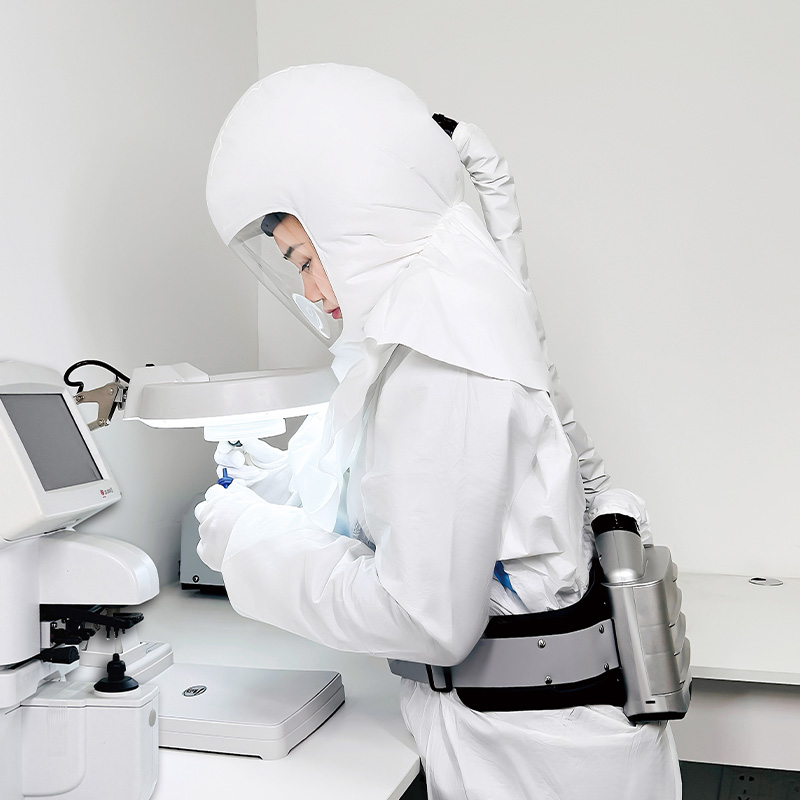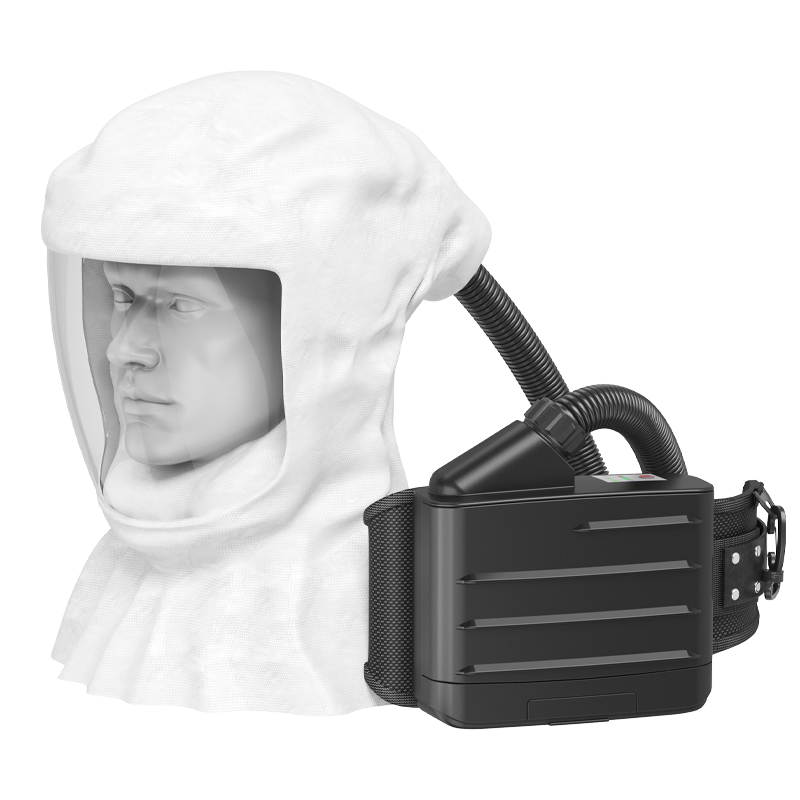PAPR (Powered Air-Purifying Respirator) and N95 masks are common respiratory protection tools, but their protection logic and use cases differ significantly. The key to choosing lies in "matching risk needs."
In terms of protection principle: N95 is "passive filtration"—it uses non-woven filters to trap ≥95% of non-oil-based particles, driven by the wearer’s inhalation (negative pressure). Its effectiveness depends entirely on a tight fit to the face—gaps render it useless. paprs, by contrast, is "active air-supply": a power unit delivers filtered air into the mask at positive pressure, no tight fit required, and prevents external contaminants from seeping in.

For performance and scenarios: N95 only blocks non-oil-based particles, suitable for low-to-moderate risks (e.g., everyday epidemic prevention, general dust work) and short wear times. papr respirators works with replaceable filters (for particles/toxic gases), offering higher protection. It fits high-risk scenarios (e.g., ICU care, chemical maintenance) or users with facial hair (who can’t get a tight N95 fit).
Comfort varies greatly: N95s require a tight fit, leading to labored breathing and facial marks during prolonged wear. PAPR’s active air-supply eliminates breathing resistance, reduces moisture/heat, and supports over 8 hours of continuous wear—ideal for long shifts.

Cost and management: N95s are mostly disposable—low per-unit cost but high long-term consumption costs, with simple management. PAPR has a high initial cost , but is reusable (only filters/batteries need replacement), lowering long-term costs. However, it needs regular maintenance and user training.
The core of selection: Choose N95 for low-to-moderate risks, short wear, and a tight facial fit. Choose PAPR for high risks, long wear, or poor facial fit. Always conduct a risk assessment first to ensure effective protection.If you want know more, please click www.newairsafety.com.